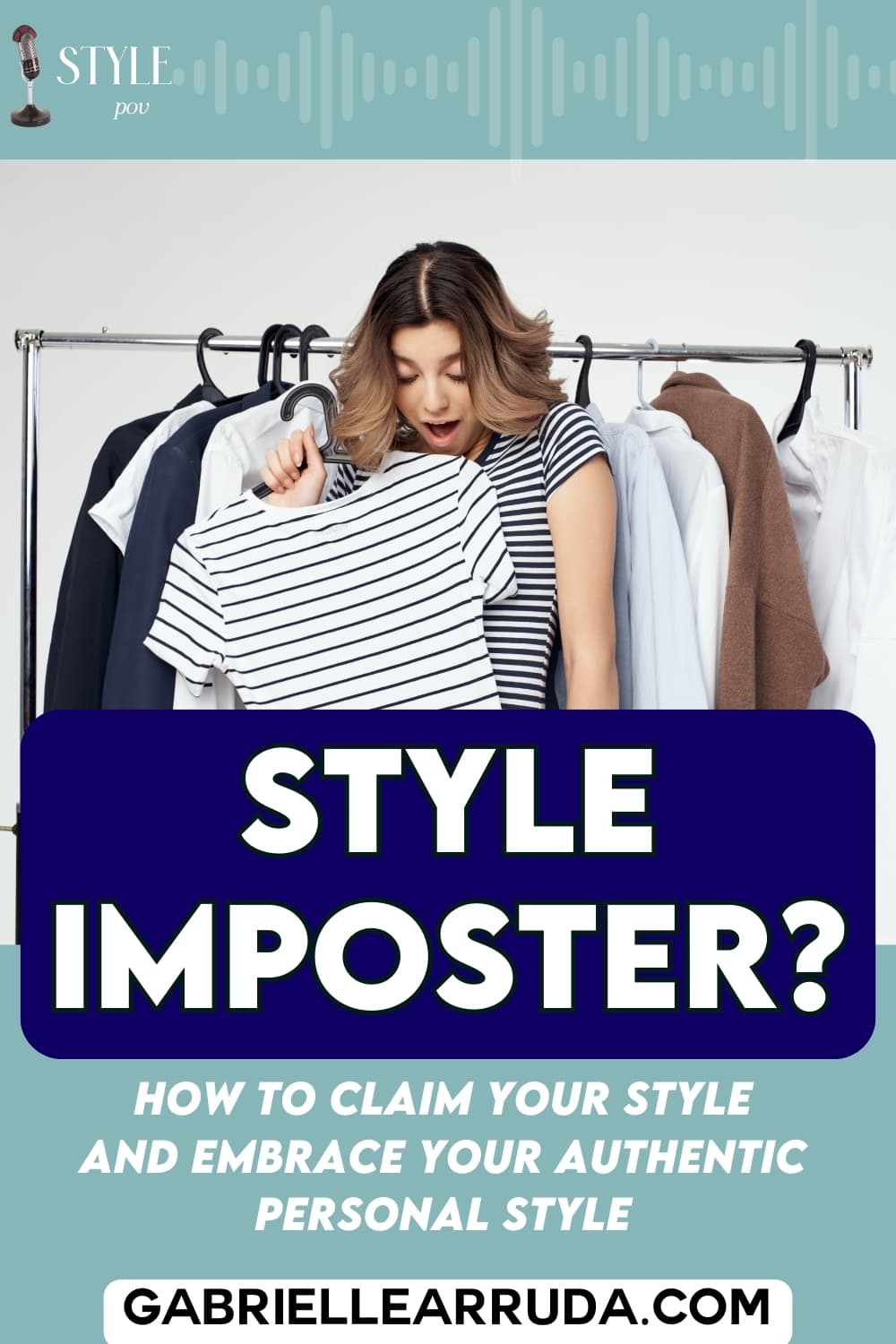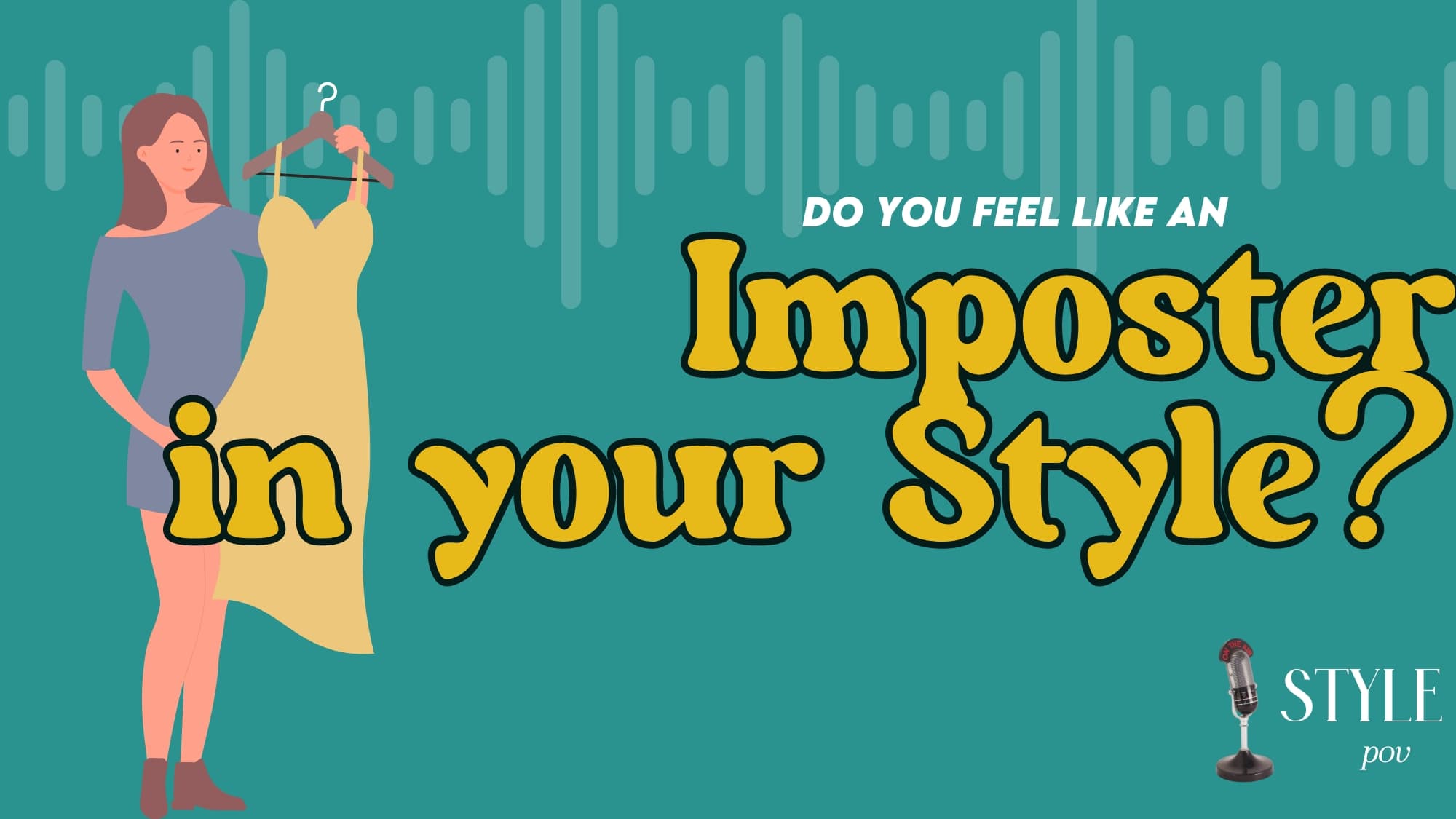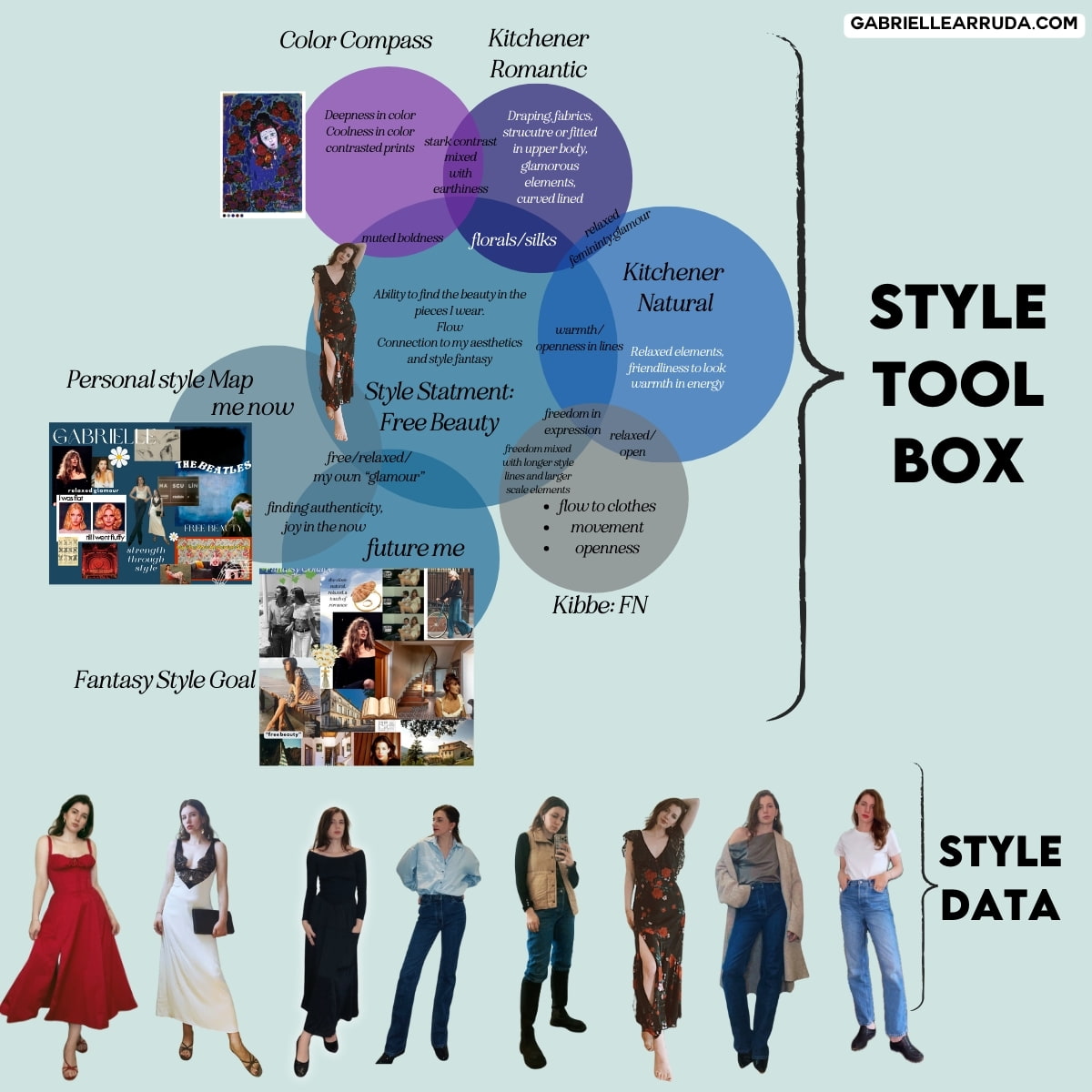Gabrielle Arruda discusses imposter syndrome in the context of personal style exploration, focusing on identifying different types of imposter syndrome and providing tips on overcoming intrusive thoughts. She emphasizes the importance of authenticity, resilience, and reframing cognitive rigidity to build a unique style POV.
Listen to it:
Transcript:
I bet this sounds familiar:
I feel like I want to cry, I was just typed as a Flamboyant Natural and I hate everything about it…or….
My dream style is femme fatale but I’m just not romantic or pretty enough to pull it off.
Hi, I’m Gabrielle Arruda your host for the Style POV podcast and I’m here to help you learn to trust your fashion instincts, hone your authentic style POV, and find strength through style.
Navigating Style Insecurities and Imposter Syndrome
Today we are going to discuss the feeling of being an imposter in our style. Whether that’s an insecurity to claim a certain essence blend, image identity, or other various style parameters, or whether it’s just not feeling like we are good enough to achieve our dream style.
This episode is really a follow-up to the previous episode on style ownership, which I also recommend you explore if you find yourself nodding in agreement with what I’m about to say.
Let’s dig in.
You’ve made a commitment to yourself that you’re going to “insert style goal here”. Anything from “look more polished”, “determine what clothes suit my body”, or even “ start dressing in an authentic way”
But as you dig into your goal and begin the messy middle of your style journey where you’re gathering new information and trying to make sense of it IRL… you suddenly get struck with doubt.
Now, maybe you doubt your ID is correct because the so-called style-lines just aren’t working for you.
Or maybe it’s more self-doubt that the ‘angelic essence’ is rare, and I’m pretty average so can I possibly have this in my blend?
Well, we are going to dissect this from two standpoints. One is the role that “imposter syndrome” is playing in your style journey.
And the other concept is making claims and how these claims impact our perception, integration, and freedom of expression in our style.
Because it pains me when I hear:
I feel like I want to cry, I was just typed as a Flamboyant Natural and I hate everything about it…
or
My dream style is to be a fairy princess but I don’t have that essence.
Understanding Imposter Syndrome in Fashion
So the imposter phenomenon was first coined by Dr Pauline Clance and Dr Suzanne Imes in a paper they wrote in 1978. All references are always in the show notes.
And while some of their claims have been disproven or adjusted over the past decades. The root theory, in my opinion, still holds valuable weight.
Imposter syndrome can be defined as a false internal belief that one’s esteemed positions, achievements or claims are not because of their competencies but because of some external factor, a stroke of good luck, or by mistake.
Now, oftentimes imposter syndrome is linked to a fear of being marked as “incompetent”. You were given a raise that you don’t feel you are qualified for, so you fear you will be found out and labeled a fraud.
But, I believe it can be expressed differently in lateral domains. For instance in the style domain not feeling worthy enough to claim an image identity or not feeling special enough to be this essence is also feeling like an imposter.
There’s a feeling of being overvalued. A fear in claiming something “special”. There is a disconnect in the value we assign ourselves and what we can comfortably “claim” as ours. And depending on our unique values and decades of honing opinions and preferences, what we feel scared to “claim” can be vastly different from person to person.
While one person might be afraid to claim the rare angelic essence, others might be more hesitant to claim to be a flamboyant natural because they can’t possibly measure up to the 90’s supermodels in this id.
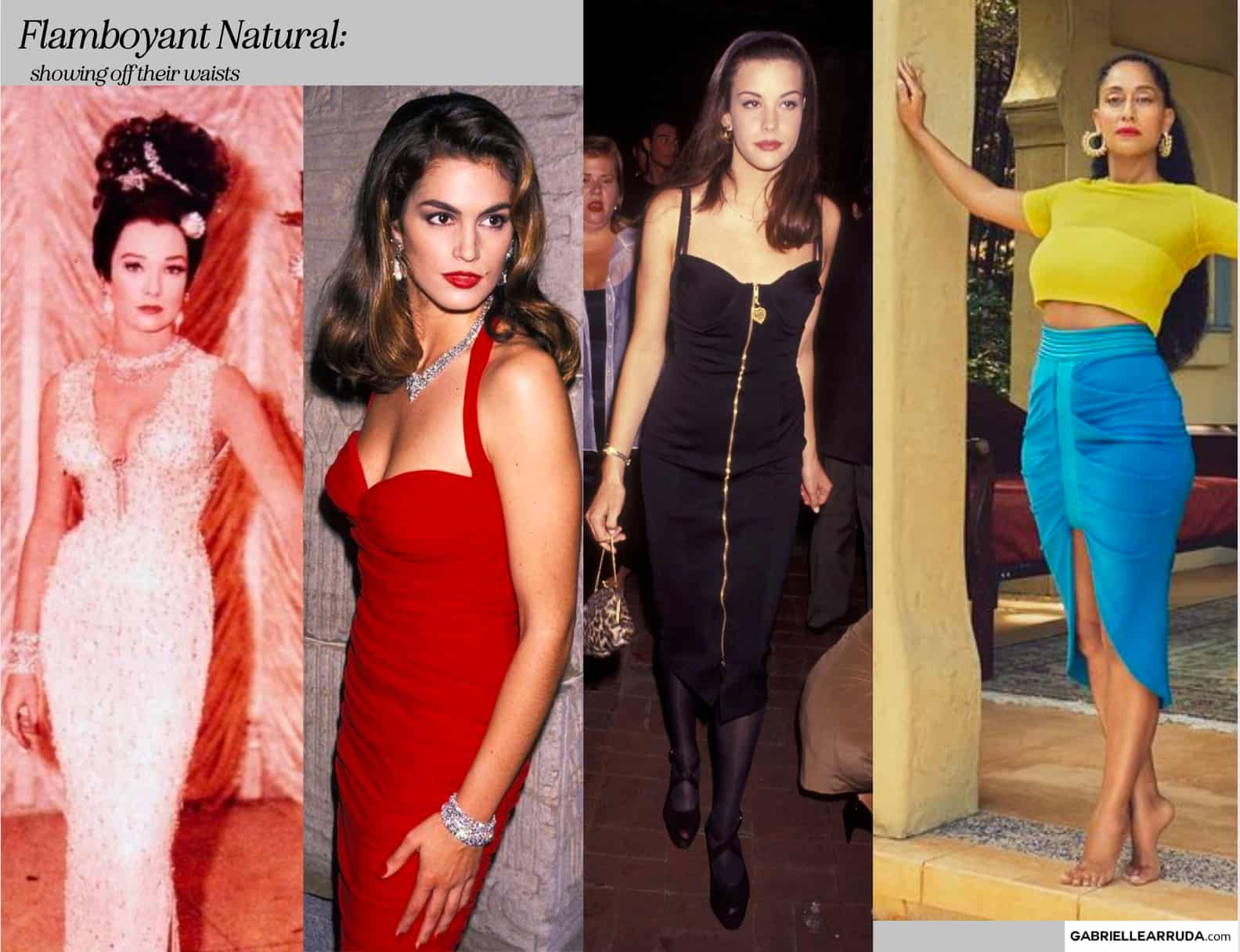
Or maybe you feel scared to wear that dress because you’re not a size 0 anymore and laying claim to a certain look at a certain age, isn’t for an average person like you.
That sounds harsh… but really, think about your internal dialogue. I bet you’ve said things much worse to yourself or had some variable amounts of doubt creep in when making claims on your style journey.
We feel insecure yet also start creating a complicated pros and cons list in our heads. My measurements say I’m an hourglass shape, and I have a large waist-to-hip ratio, but not all the recommendations for the elusive hourglass shape work for me.. and it’s not like I look like Jessica Rabbit.
So… could I be? no, no… I’m sure I’m not
Here’s the problem. Our habitual narrowing (which we talked about in episode 1), have lead us to glamorize one outcome, and demonize others.
And it’s not an across-the-board statistical conclusion. Because not every person wants “this” essence. Or desires “that style”.
It has to do with your own perceptions of each style element, whether that be body shape, color palette, or vibe…
And the conditioning you’ve undergone to idolize one element.
Instead of being “curious” about the outcome of our style exploration, meaning “you are seeking an answer to something and you are not attached to any one outcome”…
We develop confirmation bias. Either positively or negatively. I’m not a sexy femme fatale so I can’t have the romantic essence. Or I look like a mermaid so I must have an ethereal essence.
The problem with either of those is that it’s not getting in touch with the exploration and providing you with enough concrete data to make that assertion.
Which in turn has you feeling like an imposter.
And the more education you acquire on the topic or system, the more you see the original flaws in your previous thinking… It’s as if being able to look back with hindsight and see all the mistakes validates this thought of “See, I knew I wasn’t worthy or See I knew I shouldn’t trust myself”
So what type of imposter syndrome shows up in your style journey?
Types of Imposter Syndrome Affecting Your Style
There are generally 5 types of “imposter syndrome”
The Expert: This subtype involves feeling like you need to know everything before taking on a role or claiming expertise. Individuals with this subtype may hesitate to claim a role because they feel they lack sufficient knowledge or expertise, even if they are highly qualified.
The Natural Genius: People with this subtype believe that their success should come effortlessly and that if they have to work hard at something, it means they’re not truly talented. They may avoid claiming a role because they fear they won’t be able to excel without inherent brilliance.
The Soloist: This subtype involves feeling like you must accomplish tasks on your own without asking for help. Individuals with this subtype may hesitate to claim a role because they feel they need to be entirely self-sufficient and may perceive asking for help as a sign of weakness.
The Super “Person”: This involves setting extremely high standards for oneself but also feeling like you need to excel in all areas of life simultaneously (career, family, relationships, etc.). People with this subtype may hesitate to claim a role because they fear they won’t be able to balance all aspects of their lives perfectly.
The Perfectionist: Perfectionists often set extremely high standards for themselves and believe they must excel in every aspect to be considered competent or worthy. When they perceive themselves falling short of these standards, they may feel like impostors, doubting their abilities and feeling unworthy of claiming certain roles or accomplishments.
And then there is a further subtype that isn’t officially included called the outsider. The Outsider often feel like they don’t belong or that they’re different from others in their field. They may hesitate to claim a role because they feel they don’t fit the typical mold or because they fear rejection or ostracism from their peers.
At different junctions of your style journey or integrating different elements of your life, you may feel different types of imposter syndrome.
But for our style purposes, I think we will focus on the perfectionist imposter syndrome and the outsider subtype.
Essentially, you feel like a fake. You’re going to be unmasked or discovered as someone who dared to claim this image identity. or that color palette.
Now, your style journey is about an authentic you. And truly, you are the only person who can decide what that means.
The style systems are there to provide you with foundational fashion information and support in your journey. Not for you to dampen your natural shine or style goals.
Now the larger question might be, where does this imposter syndrome come from? Why don’t you feel comfortable embracing a “fairies in a forest reading poems” style goal..
Is it a private feeling that you would have in a style vacuum? Or is it a culture issue when outside voices have caused self-doubt?
Honestly, I think it’s both.
The original studies on imposter syndrome suggested that women, minorities, and people early in their careers are most likely the ones to feel this experience.
But more recent studies suggest it is largely due to external factors and situations.
So, when we are searching to overcome this hurdle, think about who you are listening to. How are they presenting the information, how are they communicating things, is it a truly reliable source, and do you walk away from that conversation/education/experience feeling empowered or challenged in a positive way.
Overcoming Imposter Syndrome in Your Style Journey
Now, before we get into actually “claiming” a part of our style, let’s talk about some tips to overcome the intrusive thoughts of imposter syndrome.
We may earn a commission from you clicking a link below. And as an amazon associate, we earn on qualifying purchases. Full affiliate policy, here.
And, as someone who deals with this myself in various facets of my life, I’m going to link two books I found incredibly illuminating. One is The Confidence Code where two female scientists study where confidence comes from. And the second is called “ The Secret Thoughts of Successful Women”.
Both, are incredibly helpful in reframing these experiences.
Now, imposter syndrome.
First, we have to recognize that these are not truthful thoughts. If your mind goes to “I’m not pretty enough to have X essence”… That’s not truthful or correct. That’s a self-imposed narrative you’ve told yourself enough times that you “feel” it’s part of your truth.
This leads to checking your internalized thoughts with your habitual narrowing also called cognitive rigidity or cognitive inflexibility, which is our restricted thinking patterns or a limited range of cognitive processes. It can mean we are resistant to change, or that we have limited problem-solving strategies because of our rigid beliefs.
So the question then comes up: Can I really not wear X garment because I’m “this” image identity?
And we start those stories to confirm our beliefs like… when I was 15 I wore a coral dress to a dance and that warm color looked terrible on me, so I can’t possibly be true spring.
But what was your standard of measuring at 15? And what knowledge did you have to validate those conclusions?
You may think that’s an extreme example, but various forms of this pop up in our minds and we let them have so much power over our decisions.
Allowing these intrusive, poorly concluded ideas to consume you and create anxiety around your style journey also leads to a lack of confidence in your OWN style choices.
This is why you need to tap back into the rational mind and see your data.
I don’t want you to watch any video, even mine, and walk away with a foregone conclusion about your style.
I want it to start triggering a style experiment. You need the data and reflections to create resilience about those intrusive thoughts.
So the daily outfit photos, again I’m a broken record.. But they can help you shape your narrative with rational proof.
As Steve Jobs said,
“You can’t connect the dots by looking forward, you can only connect them by looking back”. And those daily outfit photos and reflections are your dots.
Steve Jobs
Doing a closet audit, which I have a video on, that guides you to emotionally connect to the clothes you want to keep and release the ones that no longer resonate. Because this helps your style goals align with your actual style items.
And then you also need to align your goals with your values.
So if you value modesty, but your romantic essence suggests more form-fitted pieces. How can you stretch your style creativity to expand past that initial interpretation? Maybe through texture, through print, through accessories, or through small details that help shape the entire look’s energy without sacrificing modesty or your romantic essence.
Connecting all of these points, investing in your style and vision, and finding value in your style choices, is how you stop feeling like an imposter. And how you “claim” something for your style toolbox.
This is also where I’m going to suggest you listen to episode 1 about the Style Toolbox. Because this is about building your unique style recipe and learning to “claim” what you feel is right for your authentic style expression.
Claiming Your Authentic Style Amidst Doubt
Now, let’s talk about the different types of claims, and how they can get super confusing when asking for style feedback from others.
So generally there are three types of claims, and within your style journey, you’ll encounter all three most likely.
Fact Claims: These are statements that can be proven to be true or false based on objective evidence, system, or data. Kibbe created the Kibbe System, and in his system you can’t be a 5 ft 10 in tall gamine.
A Claim of Value asserts qualitative judgments along a good-to-bad continuum relating to persons, events, and things in one’s environment. If you construct a position claiming that something is good or bad or one thing is better than another, you’ve made a claim of value.
A value claim would be something like those style lines look good on you because you are maintaining your vertical line.
A Claim of Policy asserts that something should or should not be done by someone about something. It proposes that some specific course of action should, but not necessarily will, be taken. The key word in a claim of policy is the conditional verb “should” which implies that some action ought to be taken, but not that it must or will be taken.
A claim of policy would be soft summers shouldn’t wear bright, warm colors.
Now, here’s the problem when applying all of these theories to style. Collectively, we might agree or disagree on certain claims.. But, the person who is winning at their personal style is the person who is elevating their own style POV as the most important factor.
It doesn’t mean they don’t listen to others or ask for feedback. But they’ve built up their trust muscle and have the rational proof and a working style toolbox to say— Well, that person on reddit had good intentions but I like XYZ and I’m going to explore it.
Or, they feel comfortable saying.. Well, Kitchener wouldn’t assign me with angelic essence, but through my own style exploration, I’ve found that flowy materials and iridescent colors are part of my style toolbox.
So, claiming something as yours, shouldn’t be a crowdsourced activity. How is it yours if you’re allowing others the power to “bestow” it upon you?
Being open to feedback when you have a particular question or style hurdle, that you’d like to ask an open and supportive style group- fantastic!
However, you need to make sure you’re asking the right questions, and seeking it from an aligned source.
So how do you stop feeling like an imposter dressing like a fairy princess or a femme fatale or any other style goals you have?
Embracing YOU!
You seek authenticity, you invest in the goal, and you commit to reframing your cognitive rigidity to the new data you collect.
You’re curious about it. Not because you want to confirm “this” or “that”. But because you want the answer no matter the outcome.
And maybe that looks like you finalizing which fruit body shape you are, or maybe it’s as simple as I like clothes that show off my waist.
The process, and the data, is so much more valuable to your actual style growth than any one “name” or “category” you could embrace.
Because that process teaches you to trust yourself, and the data supports the conclusions you’re making. Which all help you form your own unique style POV.
It’s YOUR style pov.
Authentic personal style is like a beautiful dance between form and function. And I’m thrilled to be on this journey with you.
Thank you for tuning in. Be sure to subscribe to this podcast so you don’t miss the next episode all about finding a style journey protocol that actually helps you reframe your progress and achieve those BIG style goals.
Until next time.
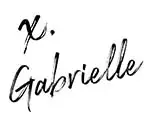
References
- Conquering Imposter Syndrome
- Imposter Syndrome: Narrative Review with Recommendations
- Types of Claims
- Original paper on Imposter Syndrome (1978)
